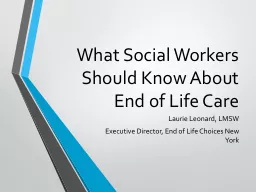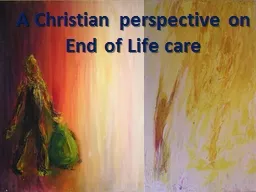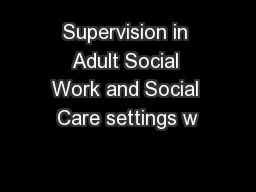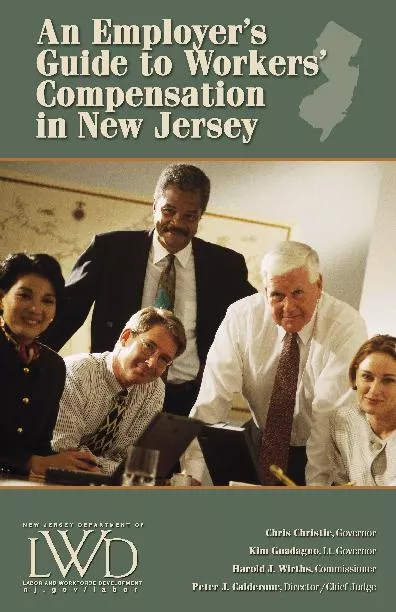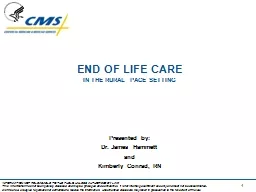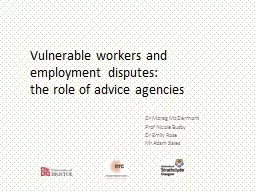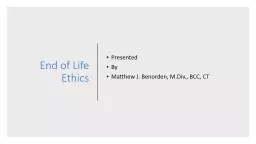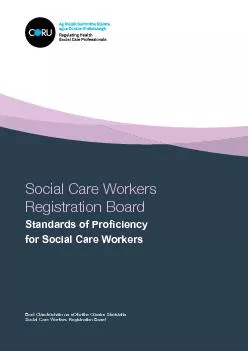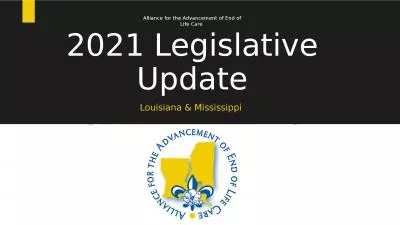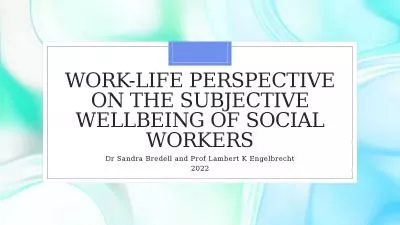PPT-What Social Workers Should Know About End of Life Care
Author : lois-ondreau | Published Date : 2018-02-10
Laurie Leonard LMSW Executive Director End of Life Choices New York End of Life Choices New York Education we educate the public and health care professionals
Presentation Embed Code
Download Presentation
Download Presentation The PPT/PDF document "What Social Workers Should Know About En..." is the property of its rightful owner. Permission is granted to download and print the materials on this website for personal, non-commercial use only, and to display it on your personal computer provided you do not modify the materials and that you retain all copyright notices contained in the materials. By downloading content from our website, you accept the terms of this agreement.
What Social Workers Should Know About End of Life Care: Transcript
Download Rules Of Document
"What Social Workers Should Know About End of Life Care"The content belongs to its owner. You may download and print it for personal use, without modification, and keep all copyright notices. By downloading, you agree to these terms.
Related Documents

